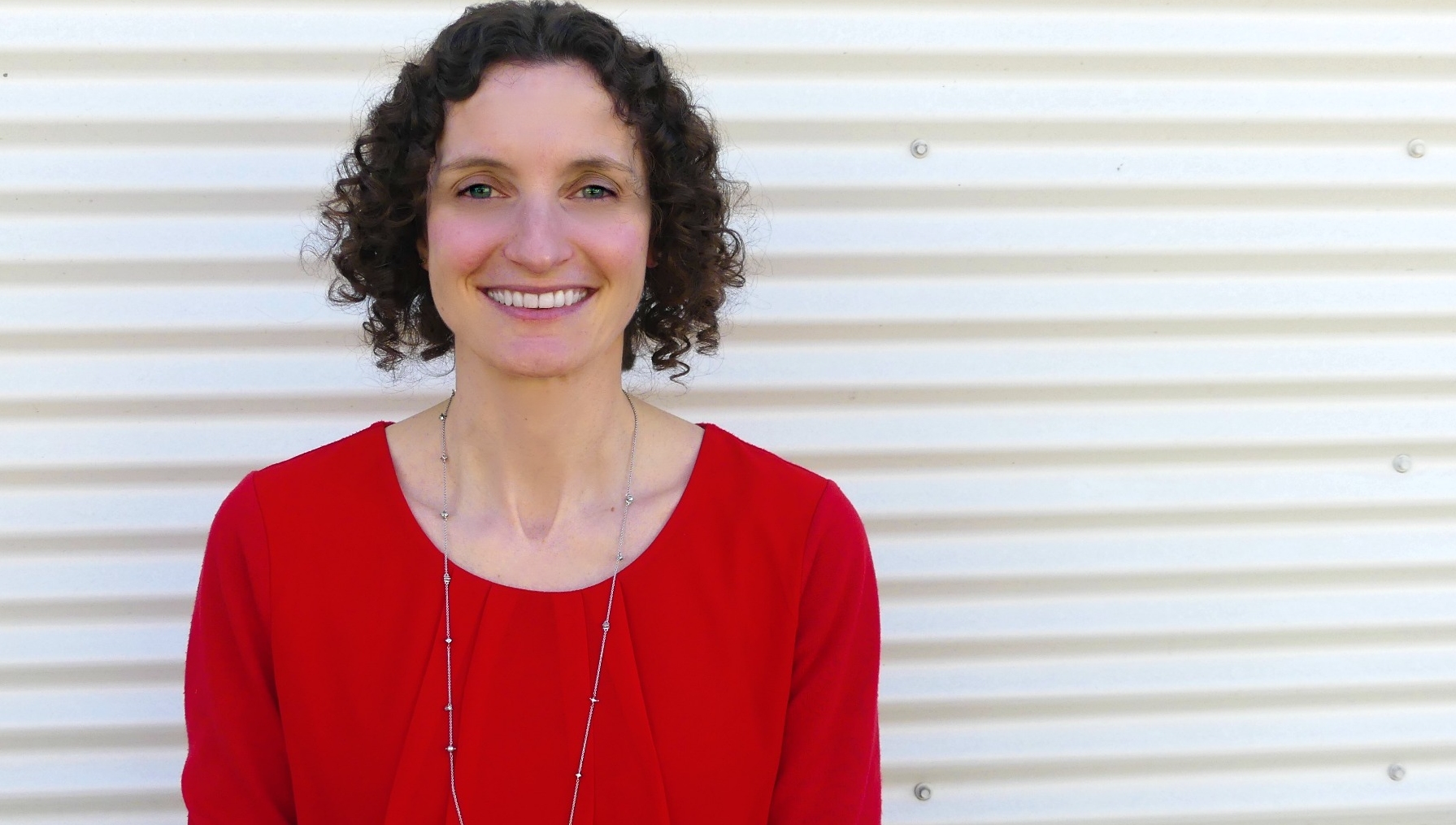Starting in 2016, University of Alberta behavioural epidemiologist Valerie Carson, her team in the Faculty of Kinesiology, Sport, and Recreation, and national and international colleagues published a series of systematic reviews highlighting the benefits of children moving more, sitting less and sleeping well.
What they found was that surging inactivity in Canada, along with crumbling sleeping patterns and too much time in front of screens, is leading to increased obesity rates and lower attention spans in youth as well as delays in language and school readiness in toddlers.
The research led to the creation of the Canadian 24-Hour Movement Guidelines for Canadian infants, children and adolescents. The guidelines provide evidence-informed recommendations for a healthy day, comprising a combination of sleep, sedentary behaviour, and physical activity at light, moderate and vigorous levels.
Those papers and the subsequent guidelines created the base for Carson to be named for the second time in a row as one of the university’s Highly Cited Researchers according to Clarivate, a global leader in accelerating innovation.
Carson, who is also a member of the Women and Children’s Health Research Institute and was recently named to the Royal Society of Canada’s College of New Scholars, Artists and Scientists, explained that the guidelines and the systematic reviews are typically things that are cited more often because the heavy lifting has already been done.
“When a researcher is writing an article about that topic, they can refer to that systematic review, because it already has a comprehensive summary of the current evidence base,” she said.
Carson and her team also helped pioneer the use of compositional data analysis in children to better interpret the health effects of interdependent movement behaviours—physical activity, sedentary behaviour and sleep. Those papers have begun to outpace the earlier movement guidelines research.
“It's one metric for research impact,” she said. “It shows that the research you are doing is being recognized by fellow researchers in the area.”
Joining Carson, who has been cited more than 10,000 times since 2015 according to Google Scholar, are pharmacology researcher James Hammond, electrical and computer engineering professor Yunwei Li, computational biology professor David Wishart and genetics researcher Gane Wong, who all made the list. Jim Chrisman, a business professor from Mississippi State University and longtime research fellow with the Centre for Entrepreneurship & Family Enterprise in the Alberta School of Business, also made the list.
Clarivate’s annual list identifies researchers who demonstrated significant influence in their chosen field or fields through the publication of multiple highly cited papers during the last decade. Their names are drawn from the publications that rank in the top one per cent by citations for field and publication year in the Web of Science citation index.
The United States continues to dominate the list as the home to the highest number of highly cited researchers, with 2,650 authors. Canada, however, punched above its population level, finishing sixth on the list with 195 highly cited researchers.
